

China may have the oldest continuous traditions in the world, but even tackling a slice of them is an ambitious endeavor.
To celebrate the National Art Museum of China's 50th anniversary, the "Keeping Up with the Times" exhibit draws on its collection of more than 100,000 pieces to showcase a painting-focused progression of Chinese art from the mid-1800s to the present day.
The exhibit fills the entire first and third floor exhibition spaces with a frankly epic tour of Chinese art and the historic events that have shaped the country. It's a sprawl that covers the basics everyone expects to see -- ink masters at the turn of the 19th century, the Shanghai modern age's idealized portraits of women and stylized prints.
Large sections labeled "Suffering," "Struggle" and "Traumas and Reflections" alert viewers to the fact that much attention has been paid by artists to the hardships that Chinese people suffered during famines, floods, and military power shifts.
Many of the paintings are gut-wrenching, yet captivatingly beautiful. Difficult to look at, yet hard to look away from, they are a testament not only to the artists' skills and emotional sensitivities, but also to their bravery in depicting scenes that may have been considered controversial.
Visitor Li Zhihao said, "I think it's very wise for [NAMOC] to put these in the exhibition."
Li's interest in history was well served by the exhibit's capacities. He enthusiastically pointed out an engraving by Lu Xun and said, "I learned about this kind of art in junior high, and this is the first time that I've actually seen it. It's really incredible."
One of the exhibit's standout paintings is a 12-meter watercolor portraying Beijingers after the city had been bombed by the Japanese planes. "Wandering Refugees" by Jiang Zhaohe portrays more than a hundred individuals battling death and difficulty.
Paintings such as this stand in stark contrast to a nearby collection of meditative paintings by master Qi Baishi, each featuring one insect and minimal use of calligraphy.
One hall dedicated to the introduction of western styles and oil painting shows decent investigations of the new medium, but the nascent stage of Chinese oil painters results in the least exciting segment of the show.
The winding route through the show leads visitors to evermore modern and even avant-garde explorations of art. The progression is fascinating, but there is no doubt that the exhibit's most important works are not at the end.
Art major Wang Xifeng said she enjoyed the full breadth of the traditional and contemporary works, but particularly appreciated the historical subjects.
"As a Chinese citizen, I think we should not forget the history of when our ancestors suffered so much from foreign invasions," Wang said. "Paintings by great artists such as Qi Baishi are wonderful, but what really affects me [in this exhibit] is the art about the suffering and pain of people."
Regardless of one's personal tastes, the sheer scope and variety of the "Keeping Up With the Times" exhibit ensures that mostly everybody can find something to learn about and appreciate.
The "Keeping Up With the Times" exhibit runs until July 8 and is free of charge.
 |
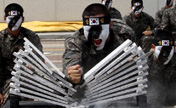 Anti-terror exercise conducted in S. Korea
Anti-terror exercise conducted in S. Korea China's first NBC maritime emergency rescue team
China's first NBC maritime emergency rescue team Argentine Commuter train crash causes deaths
Argentine Commuter train crash causes deaths Finalists to compete for Best Jobs in World
Finalists to compete for Best Jobs in World Suspected food poisoning sickens 160 in S China
Suspected food poisoning sickens 160 in S China 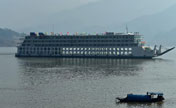 First ro-ro cruise ship in Three Gorges reservoir
First ro-ro cruise ship in Three Gorges reservoir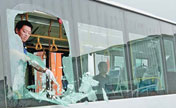 Cities boost bus safety after fatal blaze
Cities boost bus safety after fatal blaze China conducts soil pollution survey
China conducts soil pollution survey Worldwide houses out of your imagination
Worldwide houses out of your imagination 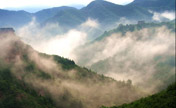 Sea of clouds at Jinshanling Great Wall
Sea of clouds at Jinshanling Great Wall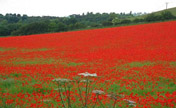 Top 10 flower fields in the world
Top 10 flower fields in the world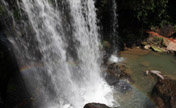 Scenery of Shunan Bamboo Sea in Sichuan
Scenery of Shunan Bamboo Sea in Sichuan Equities slump amid slow-growth estimates
Equities slump amid slow-growth estimates Turn rabbit to 'gold' - A young entrepreneur's goal
Turn rabbit to 'gold' - A young entrepreneur's goal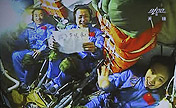 Astronauts send Dragon Boat Festival greetings
Astronauts send Dragon Boat Festival greetings